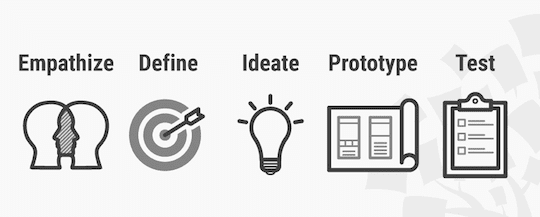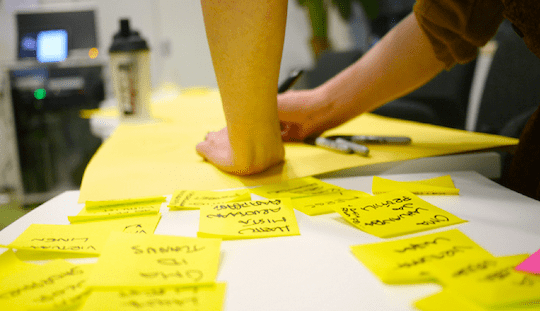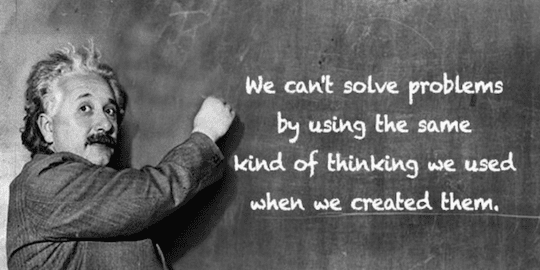Get Weekly Design Tips
Stay updated with high quality educational material every week.
No ads, no spam. Just pure learning.
Join 327,353 Designers Who Learn More Every Week!
Plus, get a free ebook “The Basics of User Experience Design” once you sign up.
Sample Weekly Newsletter

What's your biggest roadblock to innovation?
Even the most innovative companies struggle to build a framework which can support the generation of new ideas… let alone identify the right ones to pursue, and resource those projects for success!
All too often, talented team members find themselves stuck in a routine that leaves no room for generating and embracing a fresh approach to business problems.
This is where Design Thinking—and this week's collection of literature on the topic—can step in to lend you a hand.
From discussing the importance, context, and stages within the Design Thinking process, to exploring its ability to empower and enhance your role within an organization, we've got it covered.
First things first…
5 Stages in the Design Thinking Process
 Author/Copyright holder: Ewan McIntosh. Copyright terms and
licence: CC BY-NC 2.0
Author/Copyright holder: Ewan McIntosh. Copyright terms and
licence: CC BY-NC 2.0
Now that we've got the context around Design Thinking nailed down, it's time to delve a little deeper into the approach itself and explore the five different stages it traditionally involves. While doing so, it's good to remember that Design Thinking is not a linear process—it is an iterative one. This means that the stages are not always sequential but can be done in parallel, and can also be repeated or revisited at any point. Read on to fully understand the five stages of Design Thinking and become further empowered by learning how to apply them to solve the complex problems that occur all around us—in our companies, our countries, and even across our world.
 Author/Copyright holder: Ewan McIntosh. Copyright terms and
licence: CC BY-NC 2.0
Author/Copyright holder: Ewan McIntosh. Copyright terms and
licence: CC BY-NC 2.0
